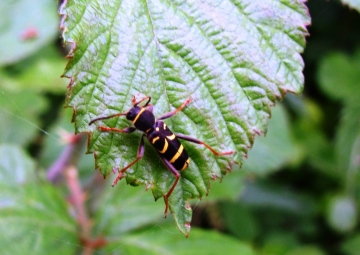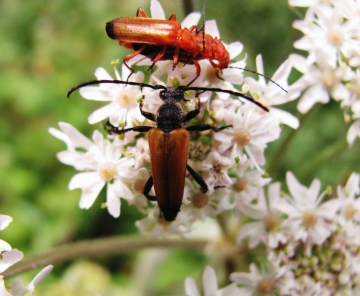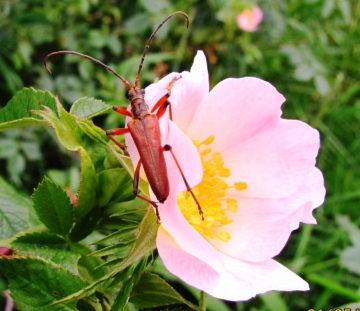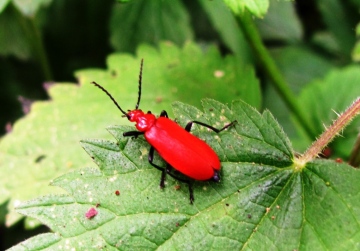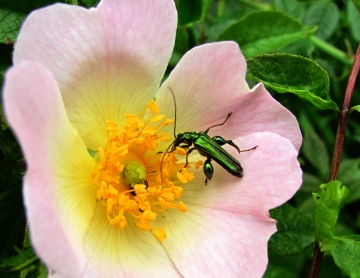The weather remained warm during the first part of the week but turned increasingly more unsettled as it progressed. Undue tidy mindedness reared its head again this week, Rail Track being the culprits on this occasion. North Fambridge Station was enlarged this winter to accommodate longer trains and the bare banks alongside the new platform were quickly colonised by a wide range of annual weeds (or misunderstood wild flowers as I prefer to call them). Alas, on my arrival there one day this week I found men in orange suits busy with strimmers decapitating them. Not much in itself you might think but two pairs of Turtle Dove nest on the railway embankment close to the station and this is a species that is almost totally dependent on weed seeds with which to feed its young. They have declined by 90% in this country in recent years and numbers are still tumbling. It does not help that many are still shot illegally on migration in southern Europe but the chief cause of their decline is undoubtedly a countryside scoured clean of weeds. This was demonstrated on 2nd when I joined a guided walk between Blue House and South Woodham led by Tim, the assistant warden. One section of the path led diagonally across a twenty acre wheat field and we failed to find a single weed, even along the margins. There were still a few Skylarks singing above the corn– they find nest sites in the tractor tramlines – but there were, of course, no Turtle Doves. No Cuckoos. No Linnets. No Yellowhammers. No Grey Partridges. Just a few Blackbirds, Chaffinches and Whitethroats singing from the still plentiful hedgerows, and also wonderful views across the River Crouch from the Woodham ridge. To some that is enough. They will readily man the barricades to defend a view from developers but worry little about the diversity of life, or lack of it, contained within. Still, it was a wonderful walk. We saw Buzzards – a resident pair escorting an intruder off their territory – and even heard a Willow Warbler, a scarce breeding bird in Essex nowadays, which had taken up territory in a small area of scrub surrounding a pond, a habitat recently created by one of the landowners en route, a demonstration that Small can still be Beautiful – and make a difference - while lots of small differences can do wonders.
Finally, made an enjoyable visit to Stow Maries Aerodrome on 31st. Russell Savoury, the joint owner, has created an excellent wildlife site there, habitats including a wild flower meadow, new woodland, flower rich grassland on the edge of the airstrip, and three small ponds. He has lots of weeds and as a result two pairs of Turtle Dove, although even here numbers are down from eight pairs when he first acquired the site a few years ago. There is also a small but ancient wood - Hawes Wood - and I suspect that this was the source of the three species of Longhorn Beetle found nectaring on flowers in his meadow - the familiar Wasp Beetle, plus two others, one of which I believe to be the Black-striped Longhorn Stenurella melanura (middle) and the other the Variable Longhorn Stenocorus meridianus, both of which are inhabitants of ancient woodland.
This beautiful Cardinal Beetle Pyrochroa serraticornis(or Bloodsucker as we knew and feared them as children)
and the Flower Beetle with muscular legs Oedemera nobilis
were also among the insects on view during an enjoyable ramble round the aerodrome photographing them as best I could despite the near gale force wind.


















